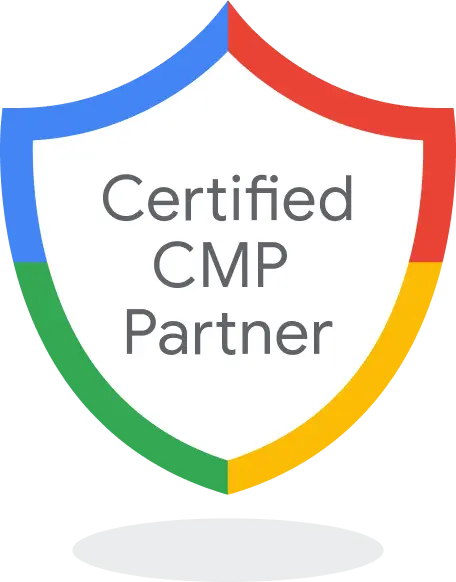Medha Bhatt, Product Manager at Cytrio
When the General Data Protection Regulation (GDPR) went into effect, many organizations weren’t in compliance and didn’t know where to start. With the advent of the California Consumer Privacy Act (CCPA) and California Privacy Rights Act (CPRA), and ongoing talks at the Federal Trade Commission (FTC) about a federal consumer data privacy regulation for the U.S., the issue of data governance is only becoming more visible and critical.
Still, many businesses aren’t ready. Many have no documentation on how data moves through their organization, how it is modified, or where it is stored.
A recent online survey by Cytrio found 75% of companies today are relying on manual lists or ad-hoc spreadsheets to understand which data systems should be included in their company’s privacy request compliance efforts, hindering their ability to scale compliance operations and meet modern data privacy compliance requirements.
Challenges with Manual Data Mapping
Let’s walk through some of the reasons why the manual spreadsheet approach to data mapping is no longer a sustainable option and how automation tools can help solve some of these challenges.
- Increased burden to keep pace with complex data flows and data sprawlToday’s enterprise is a hybrid landscape of data, with vast volumes and types of data found on-premises, in multiple public and private clouds, and in SaaS applications. Keeping pace with these complex data flows manually is proving to be an increased burden to businesses.To add to this complexity, data is shared with an increasing number of third parties than ever before. According to a Gartner survey, 71% of organizations used more third parties than they had three years prior with an expectation for third-party networks to grow even faster through 2022.
- Greater resource and time burden with changes in business and technology stack as well as privacy landscapeManual data mapping efforts can take a few months or sometimes a year to implement. Even then, a data map does not remain accurate for long. The addition of a new third-party vendor in the business stack or the advent of a new privacy regulation requires rework of the map and thus increased time and energy is spent.Without a unified data map, crucial governance activity such as data subject access requests (DSARs) and delete/erasure requests, identifying risky data sources or business processes, or generating a ROPA (Record of Processing Activities) become harder, more costly, and vulnerable to human error.
Bringing Automation into the Picture
Organizations need to be agile to adapt to the constant evolving data flows and privacy regulations, and this can only be achieved in the most optimum way if automation is leveraged.
Automated data mapping can provide the following benefits:
- Unified visibilityAutomated data mapping provides a live view of your company’s data, enabling comprehensive visibility into personal data being processed and transferred to third parties across geographical jurisdictions.
- Up-to-date data and simplified complianceWith automated data mapping, your ROPA is always up to date, always available, and easy to export, thus simplifying GDPR Article 30 compliance.
- Freed up resourcesAutomated data mapping acts as a central hub that keeps a tab on new third party vendors, database changes or newly discovered PI data, and notifies appropriate data and process owners to take appropriate actions. This frees up resources to better focus on their core responsibilities.
- Reduced Costs
Automated data mapping provides immediate results and keeps data up to date, saving manual hours and reducing associated costs.
Optimize and Streamline your Data Mapping With Cytrio
With Cytrio’s automated data mapping solution, businesses can save precious time and resources in building data maps and instead focus on their innovation.
Cytrio’s data mapping solution auto-detects and categorizes which systems in your business hold personal information (PI), sends notification alerts when new third-party systems are added or new PI data is discovered, and auto-generates reports – all in an easy-to-use, collaborative platform.




